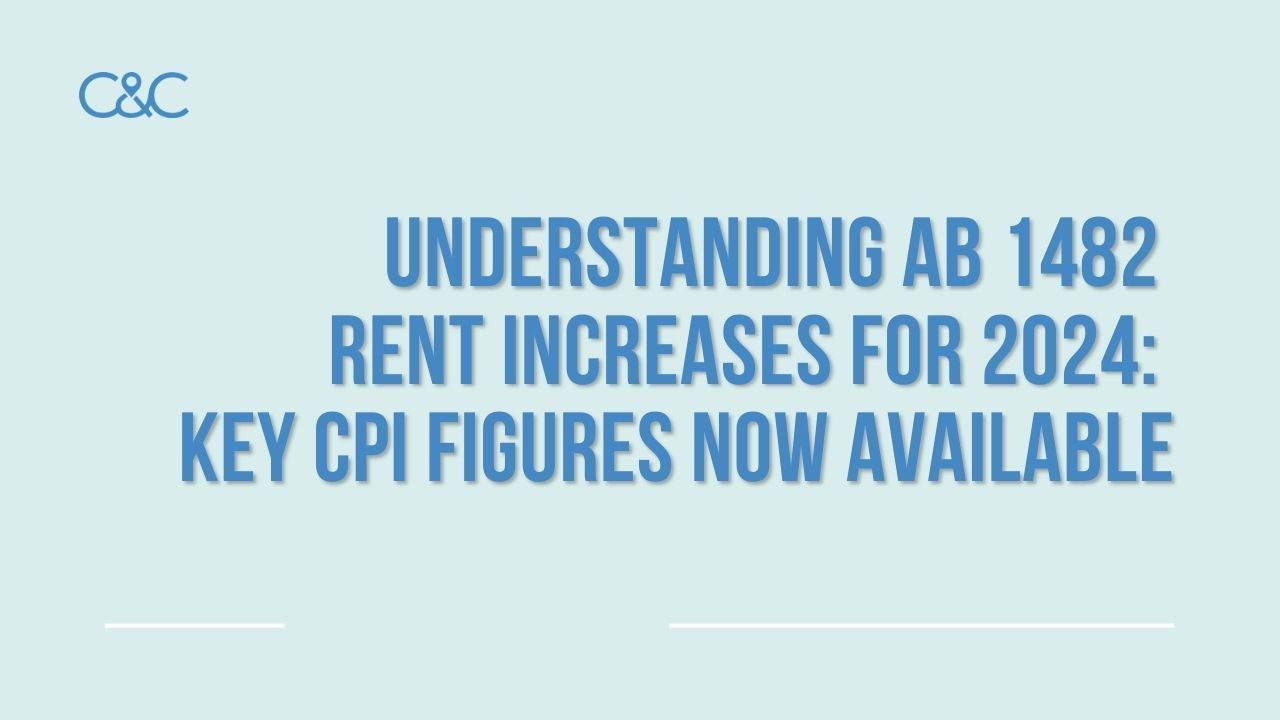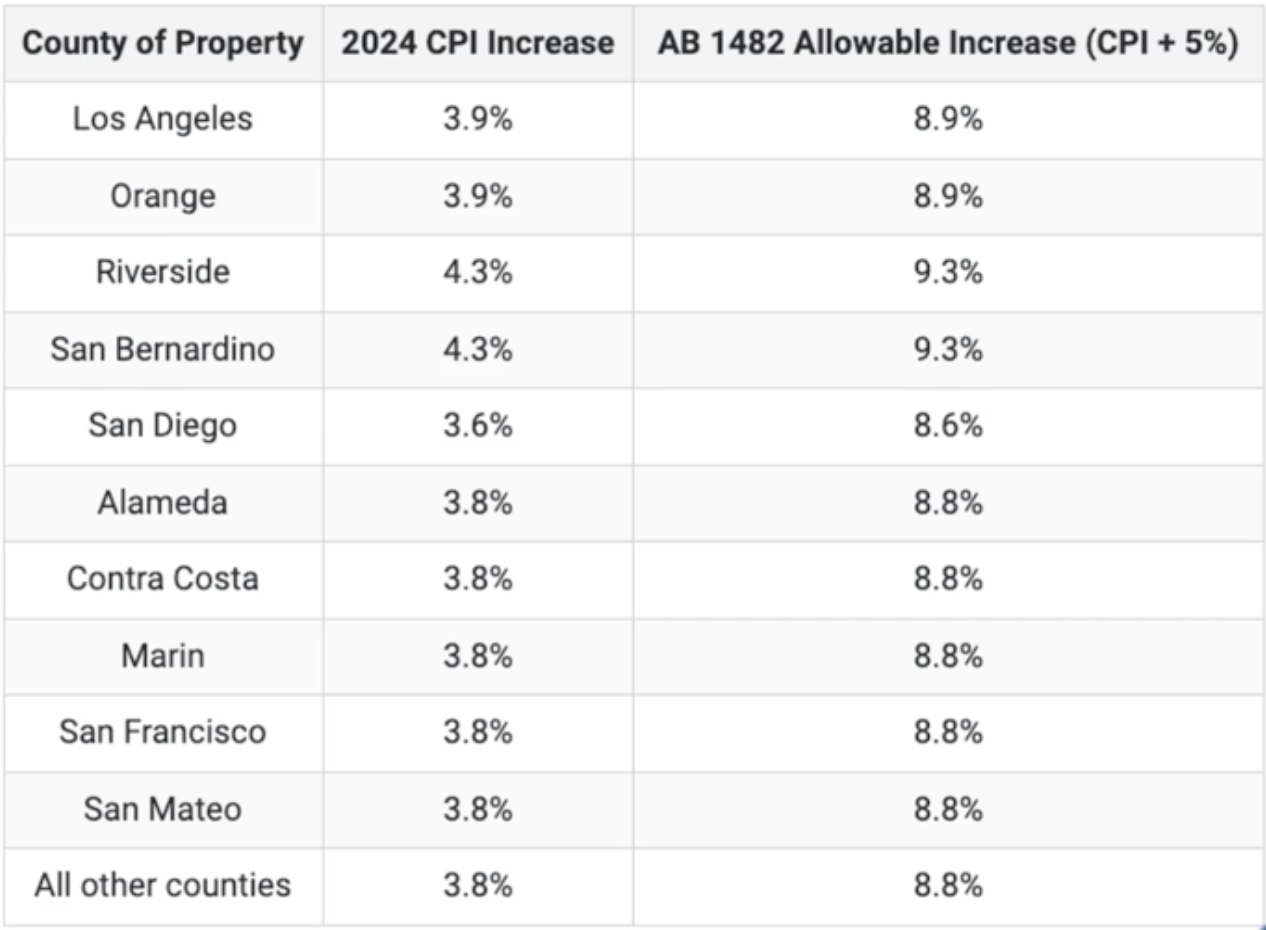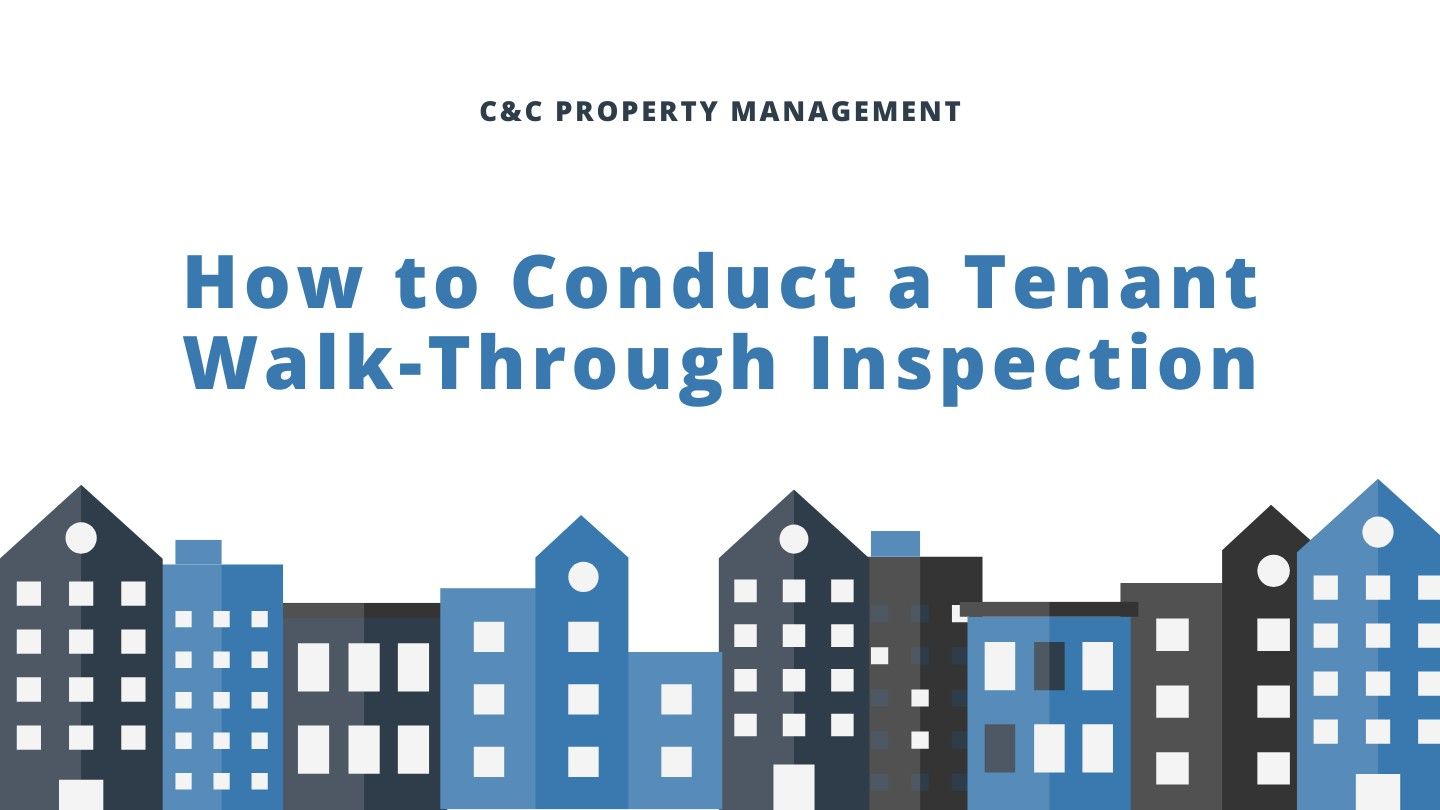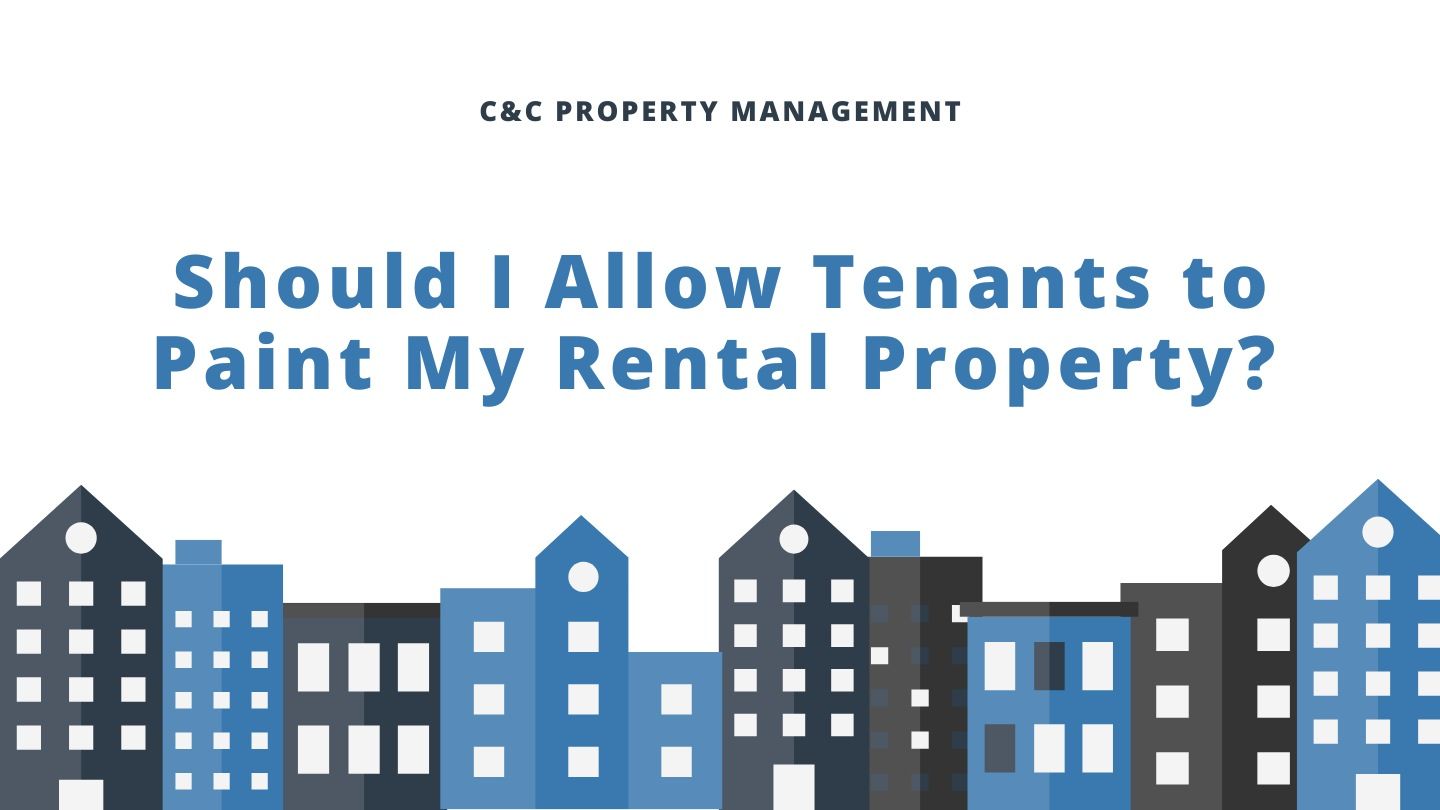Understanding AB 1482 Rent Increases for 2024: Key CPI Figures Now Available
As we move into the second half of 2024, it’s crucial for landlords and tenants alike to stay informed about changes in rent regulations. The California Apartment Association has published the Consumer Price Index (CPI) rates for all counties in California. These figures are instrumental in calculating the maximum allowable rent increases under AB 1482, the Tenant Protection Act, for the period from August 1, 2024, through July 31, 2025.

What is AB 1482?
AB 1482, also known as the Tenant Protection Act of 2019, was enacted to provide rent increase limitations and eviction protections for tenants in California. Specifically, it caps annual rent increases at 5% plus the local CPI, or 10%, whichever is lower. This law applies to most residential rental properties built before January 1, 2005.
Why is the CPI Important?
The CPI, or Consumer Price Index, measures the average change over time in the prices paid by urban consumers for a market basket of consumer goods and services. The CPI figures are crucial in determining the allowable rent increases under AB 1482, ensuring that rent hikes are in line with inflation and economic conditions.
Key CPI Figures for California Counties
For 2024, the new AB 1482 figures have established an allowable rent increase of 8.8% for most of Northern California. Here’s what landlords and tenants in key counties need to know:

Key Points:
- Major Counties: Los Angeles, San Diego, and San Francisco have unique CPI rates that must be followed.
- Rest of California: The standard allowable rent increase is 8.8% per year.
- Northern California: Most regions in Northern California also follow the 8.8% increase rate.
To avoid large rent increases that may feel like eviction notices to tenants, it's advisable to increase rents annually by 2% to 3%. This gradual approach ensures smoother adjustments for tenants and helps maintain positive landlord-tenant relationships. By staying compliant with AB 1482 and implementing regular, moderate rent increases, landlords can foster a stable and predictable rental environment.
How to Calculate Your Rent Increase
To determine the maximum rent increase for your property:
- Find your local CPI rate: Refer to the CPI rate published by the California Apartment Association for your specific county.
- Apply the cap: Calculate 5% of your current rent and add the local CPI rate. Ensure that this total increase does not exceed 10% of the current rent.
For example, if you are a landlord in Monterey County and your current rent is $2,000, with the local CPI rate at 3%:
- 5% of $2,000 = $100
- Local CPI adjustment (3% of $2,000) = $60
- Maximum allowable increase = $100 + $60 = $160
Therefore, the new maximum rent would be $2,160 per month, provided this increase does not surpass the 10% cap.
Stay Informed and Compliant
Understanding and adhering to these guidelines is essential for maintaining legal compliance and fostering positive landlord-tenant relationships. The California Apartment Association provides resources and support to help navigate these regulations.
For detailed information on the CPI rates for Monterey County and further guidance on AB 1482 compliance, visit the California Apartment Association’s website.
Final Thoughts
Staying updated with the CPI figures and understanding how they impact rent increases under AB 1482 is critical for both landlords and tenants. As these changes come into effect from August 1, 2024, ensuring compliance will help in maintaining fair rental practices and protecting the rights of all parties involved.
Stay tuned to C&C Property Management blog for more updates and insights on real estate regulations and market trends.
Corporate Office
C&C Monterey PM Inc. DRE 01526734
Kyle Chernetsky DRE 01928366
Kevin Cesario DRE 01953086








